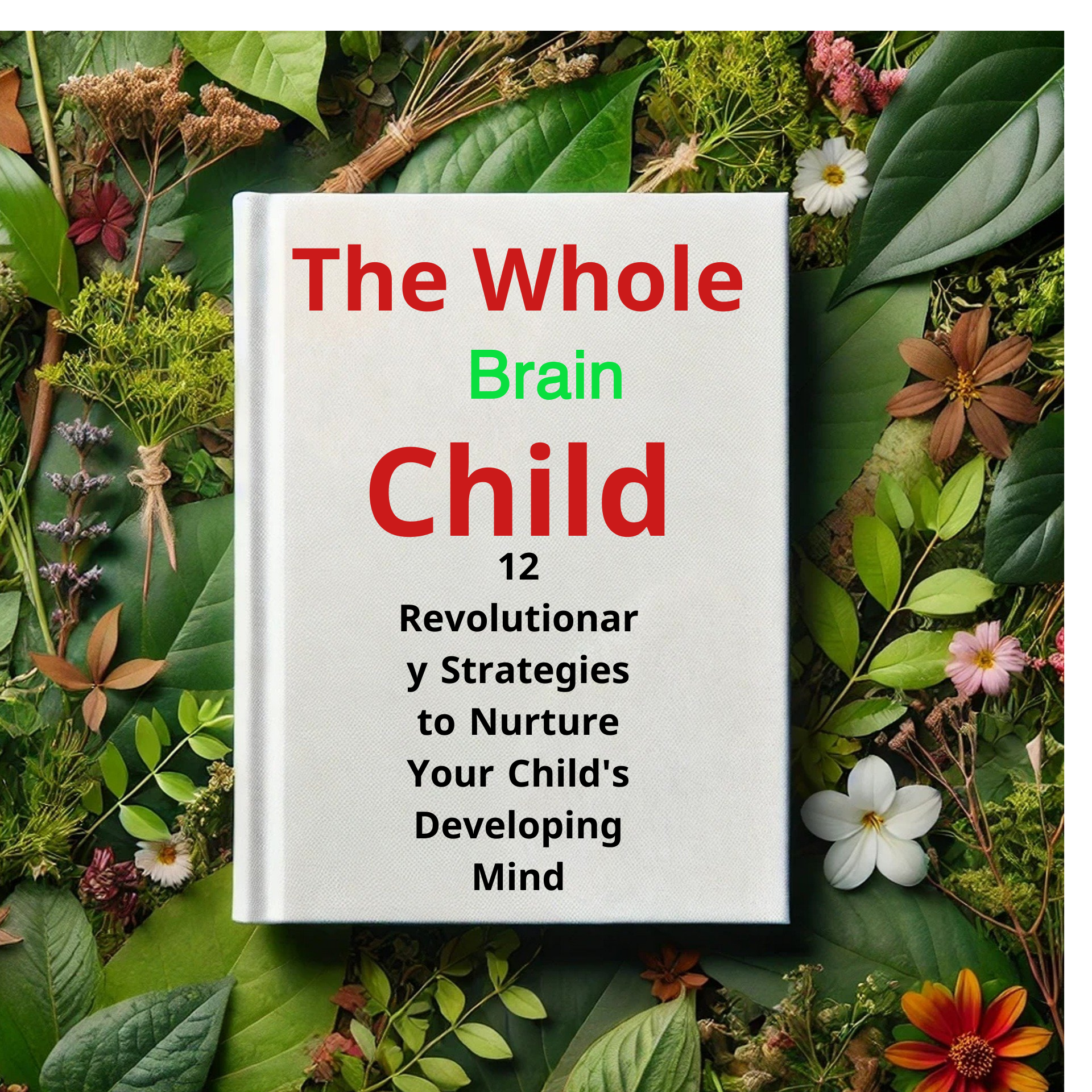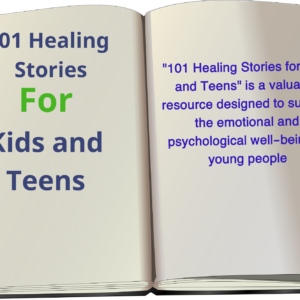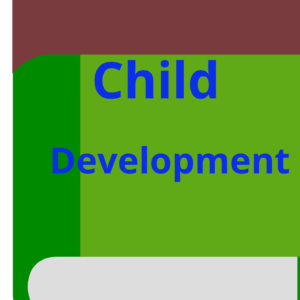The Whole Brain Child
Original price was: $ 15,99.$ 9,99Current price is: $ 9,99.
The Whole-Brain Child: 12 Revolutionary Strategies to Nurture Your Child’s Developing Mind by Daniel J. Siegel and Tina Payne Bryson offers parents practical strategies based on neuroscience to support their child’s emotional and cognitive development. The book emphasizes integrating different parts of the brain to improve emotional regulation and problem-solving skills. It provides twelve actionable techniques, such as “Name It to Tame It” and “Connect and Redirect,” to help parents foster a more balanced and resilient mindset in their children.




Reviews
There are no reviews yet.